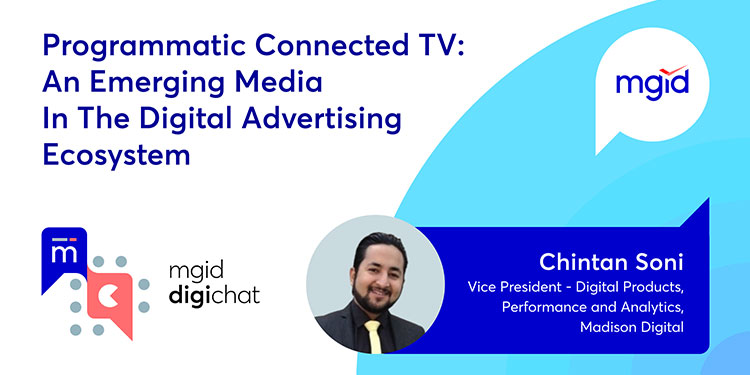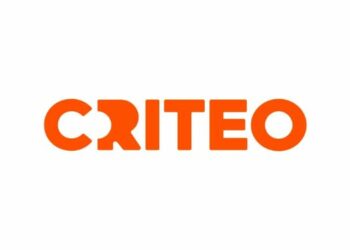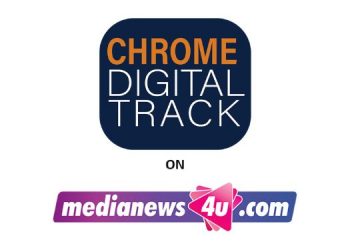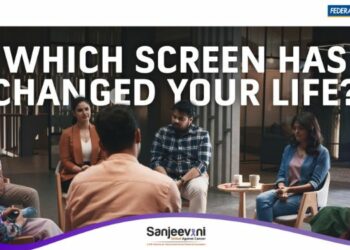One of the most rapidly growing market segments in India at present is Connected TV, prompted by smart TVs becoming more affordable, most service providers launching unlimited data plans and the availability of global content through OTT platforms. According to Mardon Intelligence, the Indian Smart TV and OTT market is expected to grow at a compound annual growth rate of 5% between 2021 and 2026. This presents advertisers with a unique opportunity to reach 80 million CTV users, representing a target audience of active buyers and influential decision makers with high purchasing power.
To discuss programmatic Connected TV, as an emerging media in the digital advertising ecosystem, Pankaj Sharma, ‘Country Head, MGID India is joined by Chintan Soni, Vice President – Digital Products, Performance and Analytics, Madison Digital.
Here are a few excerpts from their discussion.
Pankaj Sharma: What is Connected TV advertising and how does it work?
Chintan Soni: Connected TV is a television that has access to an internet connection and can load or stream any digital content. This includes Smart TVs and standard TVs that are connected to the internet via a smart device such as Fire Stick or Chromecast, a set-top box or a gaming console.
It is similar to an iOS or Android device where different apps access different sets of content. Most connected TVs have access to an app store where users can download a desired app directly on their TV sets.
Pankaj Sharma: Do you see Connected TV as a significant part of the media offering in India?
Chintan Soni: The next big breakthrough within digital video is going to be Connected TV because it enables precision targeting of digital and immersive experiences. We are already experiencing a paradigm shift in how people consume content across different screens. In India, leading OTT players have started offering Connected TV as a targeting option.
India’s smart TV shipments grew 65% YoY in 2021, and Smart TV constituted ~80% share of the overall TV market during Q2 2021.
We predict planning and buying Connected TV via programmatic will be the next big disruption in advertising. This is attributed to two things: the price points at which smart TVs are coming in India and low-cost fiber connections that telecom companies are offering. Today, smart TVs are available in the market at affordable, starting rates of Rs 15000. At these price points, average consumers looking to buy a new television can easily decide to go in and upgrade to a Smart TV.
Brand owners, however, may need to redefine their KPIs to measure the effectiveness of ads on CTV. Regular KPIs like CTR and VTR may give some inclination to performance, but consumer interactivity isn’t the same as we see on mobile/desktops. Ideally, KPIs should include R/F and lift in your brand metrics like awareness, consideration, purchase intent or messaging association.
Pankaj Sharma: What are the challenges and opportunities when it comes to measuring CTV performance?
Chintan Soni: Right now, if you observed Indian’s media landscape, you would see the following picture
Total Users Mobile can reach: 1.0B+
Total Users TV can reach ~890M+
Total Users Digital Video can reach: 550M+
Total Users HDTV can reach: 150M+
Total Users Connected TV can reach: 45M+
(Source: BARC & Market Intelligence)
If you look at this reach pool, obviously Connected TV is very small compared to giants like digital video. However, it won’t be surprising to see CTV’s reach cross 150 million users in the next 3 years. India’s leading OEM player is shipping 10,000 TV sets per week (Source: Samsung), thus at the speed at which old TV sets are about to be replaced, 150Mn reach looks absolutely possible.
Pankaj Sharma: Amid AdTech’s reckoning over data privacy, CTV and OTT media are turning to new ad targeting methods. Do you think contextual advertising has a future as one of them?
Chintan Soni: Based on the latest reports, the strict norms laid down by iOS have impacted the effectiveness of ad dollars. However, we need to understand that AI/ML intelligence was not built over the course of a year or two, but in reality, has taken almost a decade to build. In short, these strict privacy norms are going to impact targetability, measurability and personalization. Nevertheless, tech giants are working towards a solution where it’s a win-win for both users and advertisers.
About the Guest:
Chintan Soni is the Vice President – Digital Products, Performance, and Analytics at Madison Digital and has 15+ years of experience in the digital marketing domain. He heads the digital product and data science division, deploying cutting edge Ad-Tech and Mar-Tech products for clients across categories like McDonald’s, Pidilite, Abbott, Godrej, Honda, TVS, IDFC First Bank, and, many more. He is passionate about understanding behavioral economics using data and analytics and firmly believes that AI and Machine Learning as a concept will soon automate many marketing functions.
















